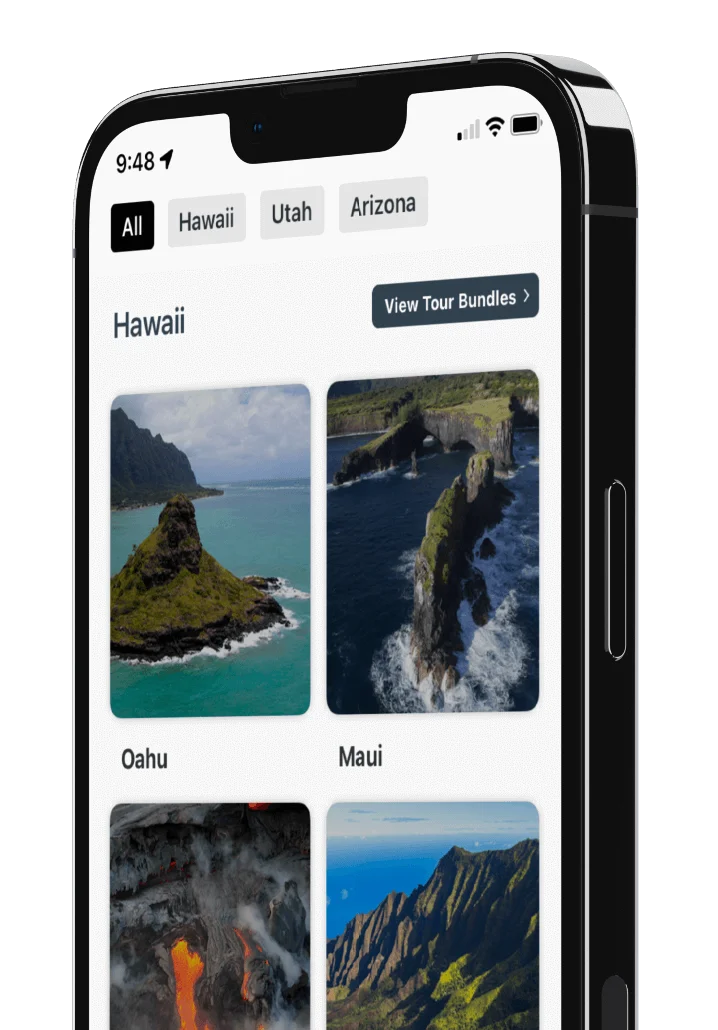
When is the best time to visit Grand Teton National Park?

Visiting this amazing national park at the right time can make your trip so much better. Every season has its own beauty at Grand Teton National Park, from the bright wildflowers of spring to the snowy wonders of winter. In this article, we will discuss the ideal time of year to visit this stunning natural attraction.
Visiting in Spring
 Jenny Lake / Shutterstock Image
Jenny Lake / Shutterstock Image
As winter ends, the park goes through a beautiful change that makes spring a great time to come. As wildflowers bloom in the fields and snow covers the peaks, the park comes to life with bright colors. Wildlife, like playful bear cubs and fluffy elk babies, will be a treat for people who love nature.
But tourists should be ready for weather that can change quickly and problems like trails that are still covered in snow or are muddy. This is the time of year to go if you want good weather (even if it changes a lot) and beautiful blooms.
Late Spring Conditions
Late spring in Grand Teton National Park brings melting snow, revealing colorful flowers at lower elevations while higher trails may still be snowy. Temperatures vary from cool to mild, so pack layers. Wildlife becomes active, ideal for spotting elk and moose. Facilities might have limited hours. Check trail conditions beforehand. It's a unique time to enjoy serene landscapes before the bustling summer season.
Visiting in Summer
The park is most famous and has the most things to do outside in the summer. Adventurers and sightseers from around the world visit the park. Hiking trails let you explore the park's beautiful hills and lakes, and boaters and kayakers can enjoy the clear waters.
Nature lovers can see bears, moose, and elk, among other animals. This time of year brings more people and competition for campsites and parking spots, so plan ahead and be prepared for busy paths and crowded areas.
Summer Conditions
Grand Teton National Park's summer boasts mild to warm temperatures, and trails full of wildflowers. Lakes become hubs for activities. Days are longer, perfect for exploration. Yet, be ready for sudden mountain thunderstorms.
Pack essentials like sunscreen and light layers. It's an ideal season for outdoor adventures, but staying informed about weather changes is crucial for a safe visit.
Visiting in the Fall
 Shutterstock Image
Shutterstock Image
In September, the rich green leaves give way to vibrant wildflowers, turning the park into a gorgeous kaleidoscope of colors.
Visitors can enjoy the peaceful beauty of nature without being bothered by a lot of people. Whether you go on a beautiful hike or take pictures of the scenery, fall is a magical time to see the park's undeniable charm through a whole new lens.
Fall Temperature
The average low in the fall at Grand Teton National Park is 25 degrees Fahrenheit (-4 degrees Celsius), with highs reaching 65 degrees Fahrenheit (18 degrees Celsius). People come to the park to take pictures and go hiking in the fall foliage.
Less foot traffic means less noise on the trails. Prepare for a range of climates by packing layers of warm clothing. The season is more peaceful and beautiful to visit due to the milder temperature and wonderful natural beauty.
Visiting in Winter
 Oxbow Bend / Shutterstock Image
Oxbow Bend / Shutterstock Image
Grand Teton National Park becomes a beautiful snowy wonderland when winter comes. The white landscape makes it feel peaceful and otherworldly, giving tourists a unique experience.
Winter activities include snowshoeing, cross-country skiing, and animal observation. But don't forget to pack well for the cold and uncertain weather.
Winter Temperature
Lows at Grand Teton National Park during the winter months often hover around -18 degrees Fahrenheit (-10 degrees Celsius). The snowy landscape is perfect for skiing and snowshoeing. Despite the closure of some attractions, tourists nevertheless flock to snowy landscapes in search of isolation.
Put on warm outerwear including coats, hats, gloves, and thick boots. This is a rare opportunity to experience the park in its wintertime majesty.
The Shoulder Seasons
 Image from Flickr by Grand Teton
Image from Flickr by Grand Teton
In late spring and early fall, travellers can find lesser-known attractions. Wildflowers and animals coming out of hibernation make late spring a terrific time to walk and take pictures.
In the same way, the park's scenery changes in early fall, revealing a beautiful range of colors and creating a unique atmosphere. During these shoulder seasons, fewer people are in the park, so tourists can enjoy the park's natural wonders in a more private setting.
Conclusion
The optimal time to travel depends on your travel objectives. Wildflowers bloom and cute baby animals are born in the spring. Summer has the most enjoyable activities and people.
The colors of fall are beautiful, and there are fewer people around because of this. Winter turns the park into a snowy place where you can do unique things like sledding and tracking animals. In late spring and early fall, you may find hidden gems.
Grand Teton National Park offers timeless beauty and unique experiences year-round. Plan beforehand and pick a convenient time to maximize your vacation.
Check out our Grand Teton National Park tour while you're planning your trip. It will make sure you don't miss anything.
We hope that we’ve given you all the information you need to make the most of your day. Your vacation is extremely important to us so if you have any questions feel free to reach out at aloha@shakaguide.com.
For more detailed information to help you plan, check out our Grand Teton National Park Itinerary and Know Before You Go article.
Like this article? Share it on Pinterest!

RELATED ARTICLES:
Yellowstone vs Grand Teton—Which Park is Right for You?
Yellowstone and Grand Teton Two Days Itinerary
10 Amazing Hikes in Grand Teton National Park
Wildlife in Grand Teton National Park
Epic Things To Do in Grand Teton National Park

 Buy Gift Card
Buy Gift Card


















